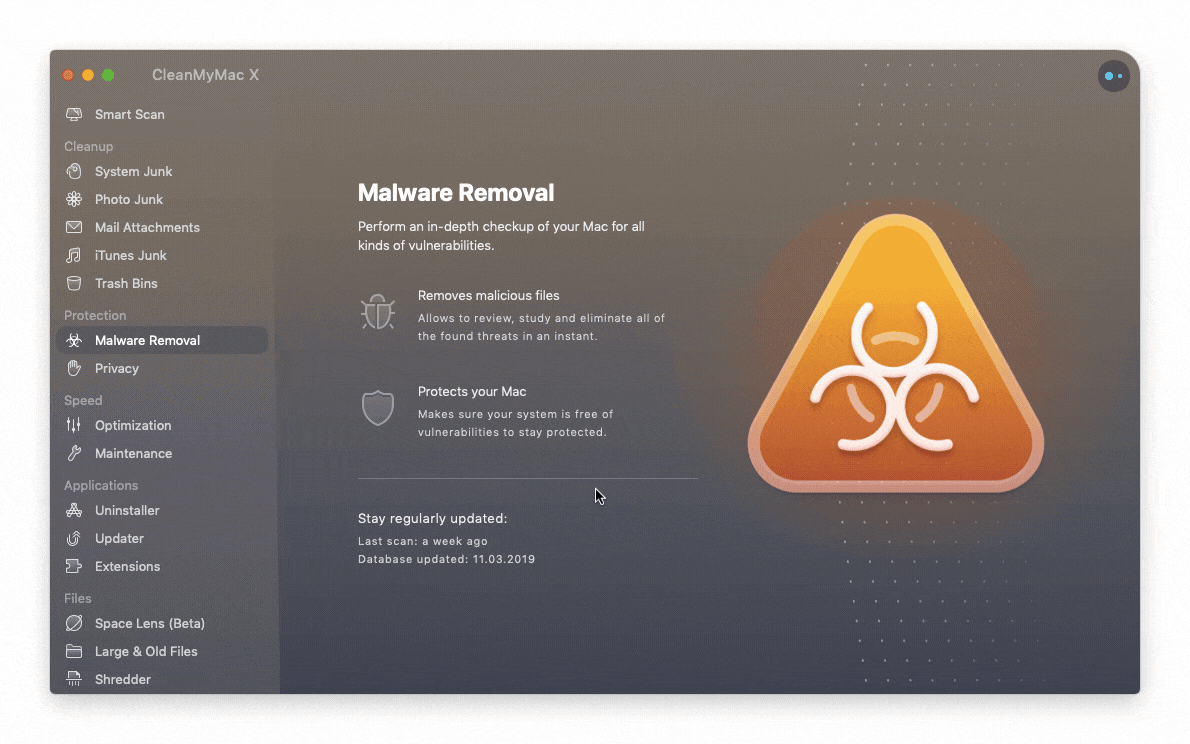
Threat hunting is a proactive approach to identify potential malware infections.

Changes file permissions using ‘ chown’ and ‘ chmod.Adds property list file in LaunchAgents using ‘ cp’.Creates hidden directory using ‘ mkdir’.

MACOS MALWARE USED RUNONLY TO DETECTION HOW TO
Read on to explore how to translate the techniques used by these malware into queries you can run to hunt for the active presence or historical artifacts using osquery. Below, you’ll find the techniques used by Calisto, Dummy, HiddenLotus, LamePyre and WireLurker. Using the same methodology introduced there, we analyzed five additional macOS malware variants and recorded their behavior to understand the techniques they used. This previous blog post explored ways to use osquery for macOS malware analysis.


 0 kommentar(er)
0 kommentar(er)
